Printmaking Concentration
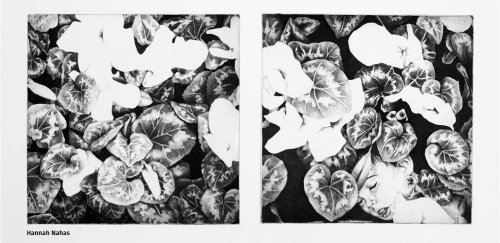
As a Studio Art BA or BFA student you may pursue the Printmaking concentration. The printmaking course sequence begins with a two-course introduction to a variety of traditional processes: ART 208: Intaglio and Monotype and ART 218: Lithography and Relief.
Printmaking Course Progression
Intaglio and Monotype
This course presents the materials and techniques of intaglio and monotype approaches with emphasis on the aesthetic and conceptual possibilities of the various processes. Intaglio involves incising information into copper or zinc plates by scratching, engraving, or etching and then printing from ink trapped in the incised information. Drypoint, engraving, hard and soft ground etching, aquatint, mezzotint, and lift ground are introduced. Monotype explores unique inkings of blank plates with both oil and water-based materials. While initial efforts will be focused on technical competence, progress towards synthesizing process and individual vision is expected. Having completed the foundations sequence, you should have some proficiency for creating and exploring visual structure and ideas. Demonstration of that proficiency is expected in your work for this course. Slides and peer examples will be used extensively to illustrate various uses of these processes. Proficiency at recognizing various techniques will also be developed.
Lithography and Relief
This course introduces the materials and techniques of traditional stone lithography and relief (woodcut, linocut, etc.) with emphasis on the aesthetic and conceptual possibilities of the various processes. While initial efforts will be focused on technical competence, progress towards synthesizing process and individual vision is expected. Having completed all or most of the foundations sequence, you should have some proficiency in creating and exploring visual structure and ideas. Demonstration of that proficiency is expected in your work for this course. Slides and peer examples will be used extensively to illustrate various uses of these processes. The ability to recognize the various techniques should also be developed.
Advanced Printmaking Courses
Printmaking III, Printmaking IV, and Printmaking V Senior Studio comprise the advanced printmaking sequence. At this point it is expected that you have developed reasonable proficiency and familiarity with the basic printmaking processes. While the two basic courses were largely technical, emphasis is now shifted to the development of individual directions of exploration. Development of a cohesive and evolving body of work is expected. Critiques will be frequent and in-depth to facilitate refinement of your decision-making strategies. Written artists’ statements and periodic rewrites reflecting the development of your personal direction will be required. Technical demonstrations and slide lectures will be tailored to the specific needs of class members.
Program Details
The following Rhode Maps list required courses and sample plans of study:
BA in Studio Art with Concentration in Printmaking RhodeMap
BFA in Studio Art with Concentration in Printmaking RhodeMap
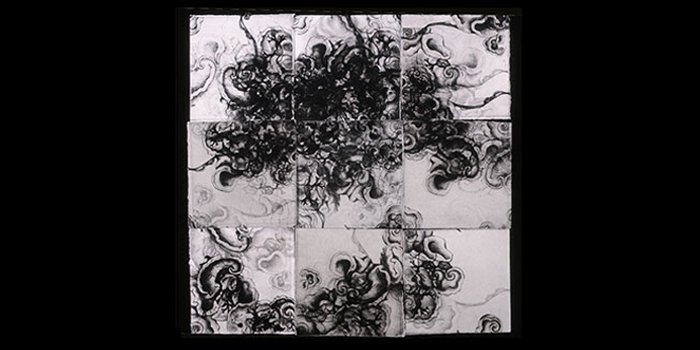
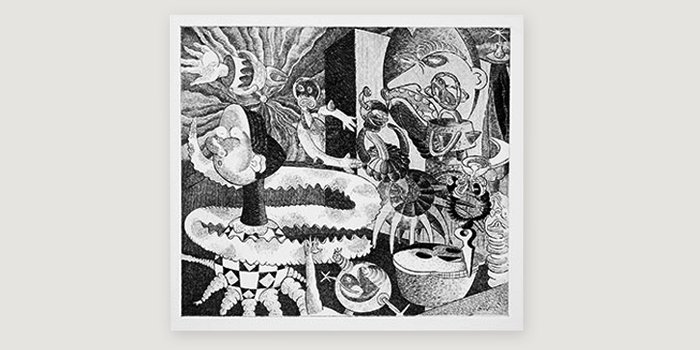
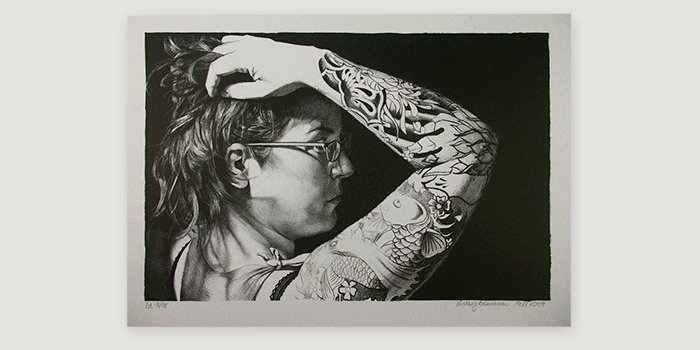
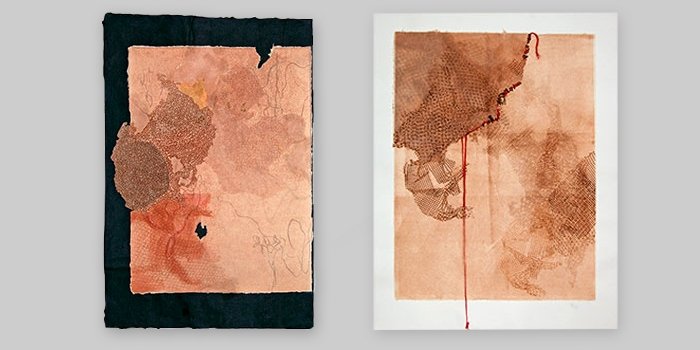
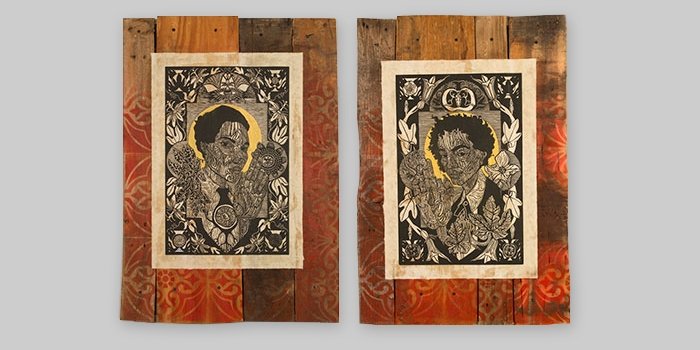
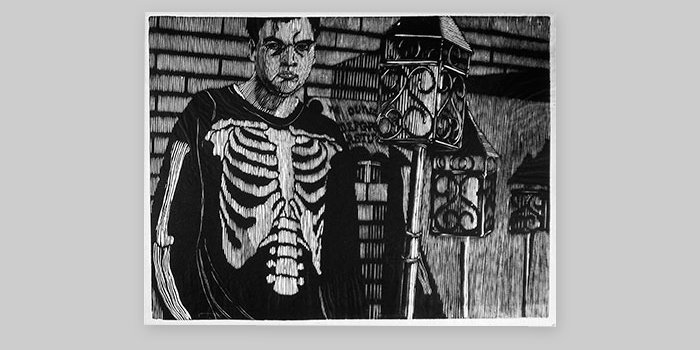
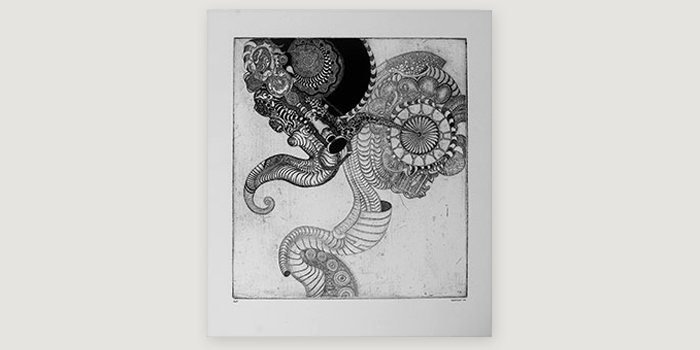
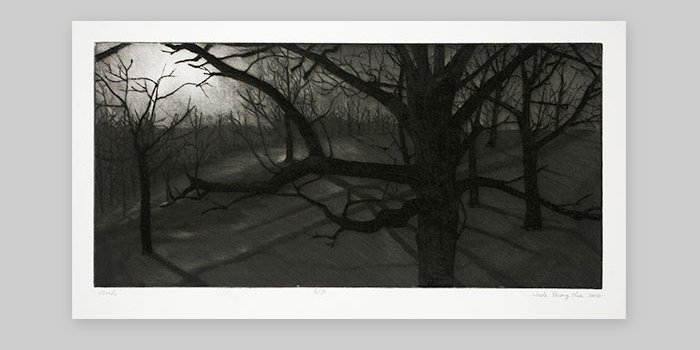
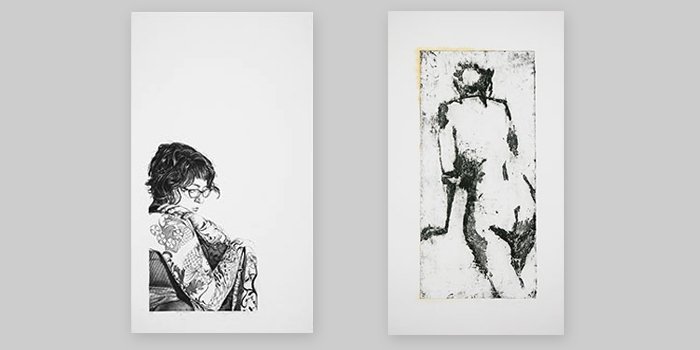
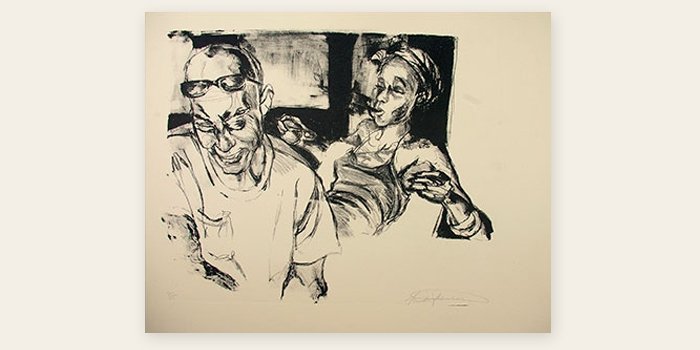
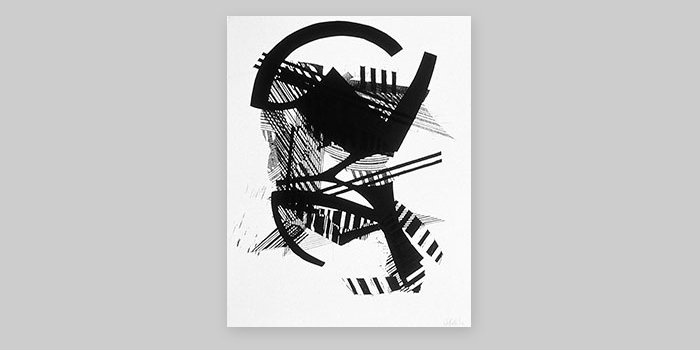
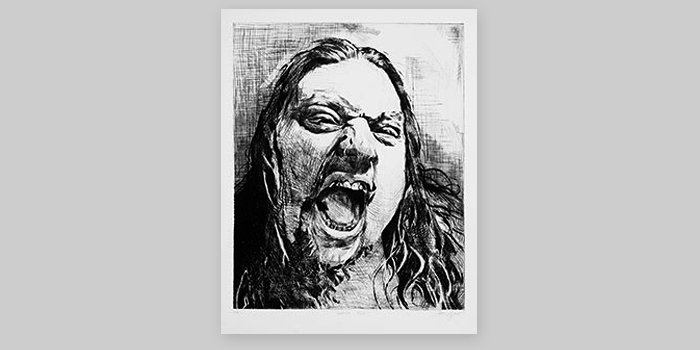
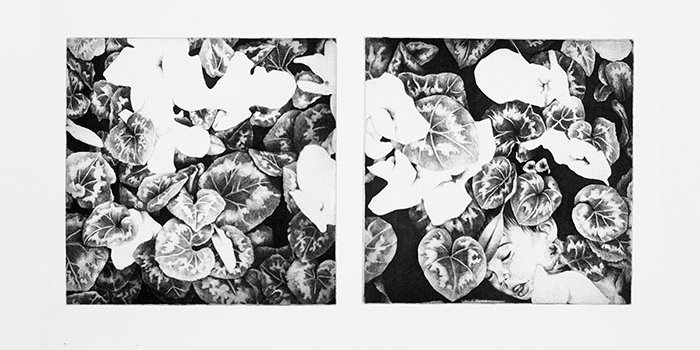
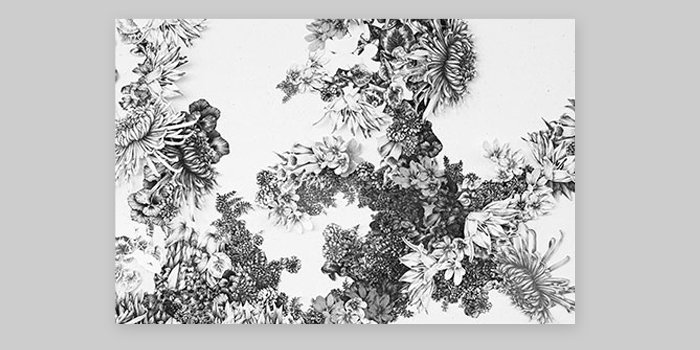
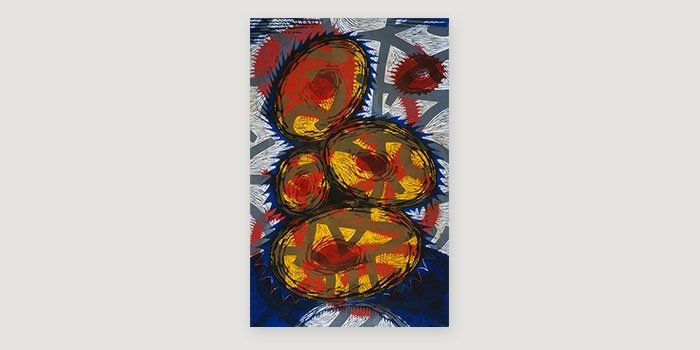
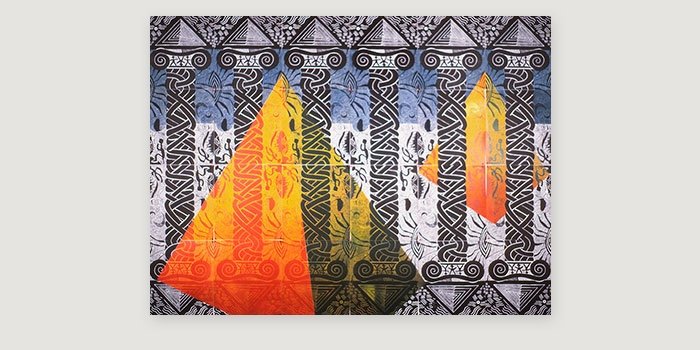
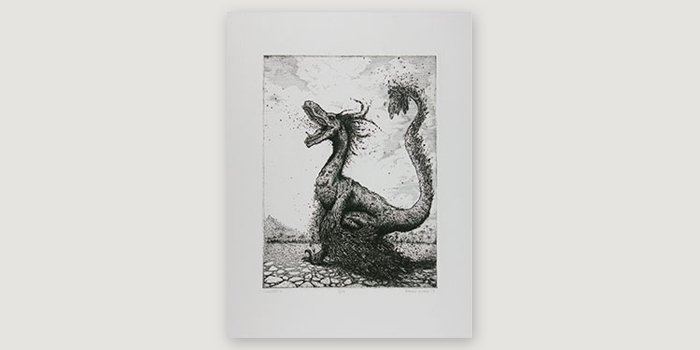
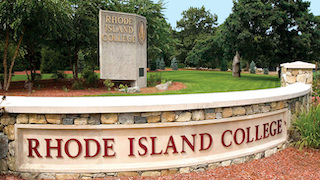
Contact
Department of Art
The Department of Art prepares students for professional careers, liberal arts careers and graduate study. We also prepare the pre-K-12 art teachers of tomorrow.
- emailartdepartment@ric.edu
- phone401-456-8054
- placeALEX AND ANI Hall
